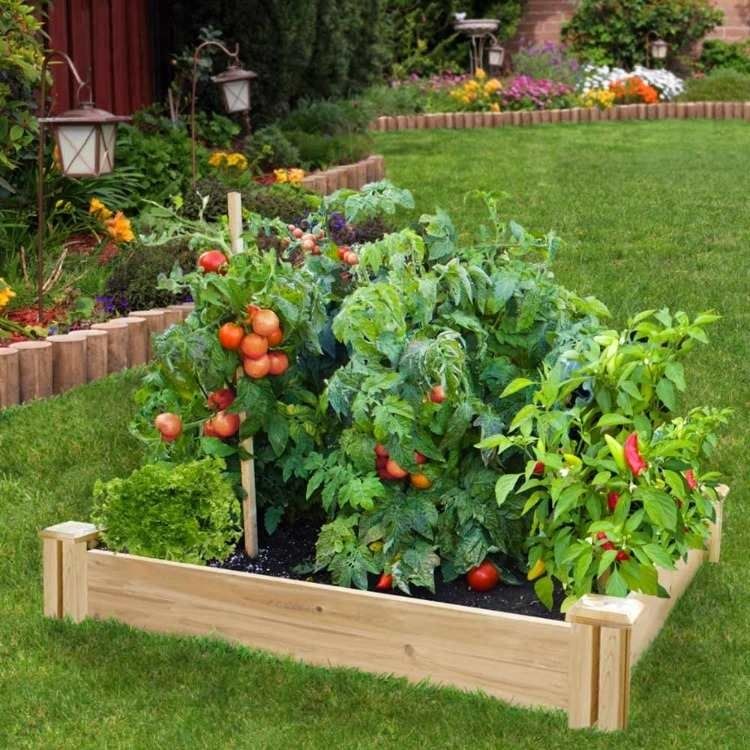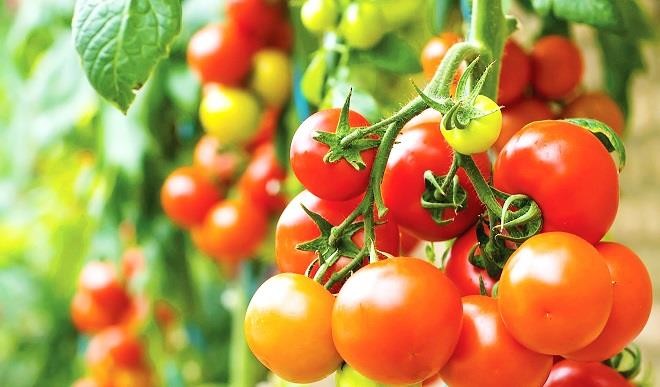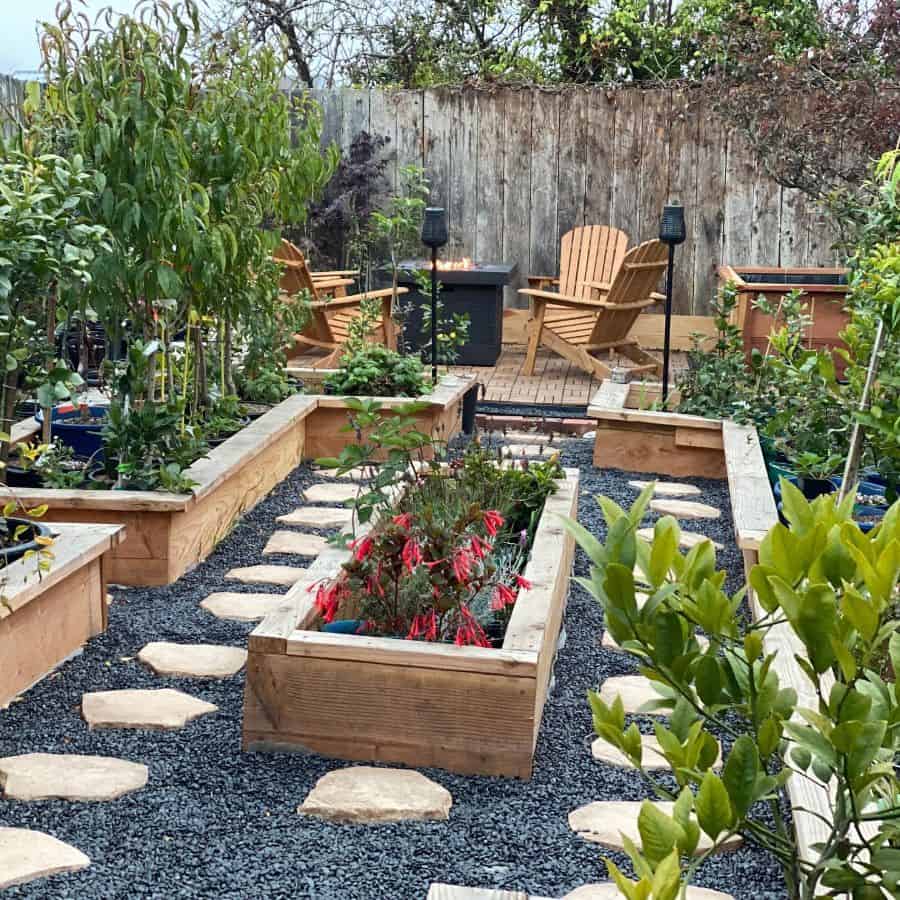How to Grow Tomatoes in Raised Beds: A Comprehensive Guide

Growing tomatoes in raised beds is like creating your own little garden oasis. Imagine the satisfaction of biting into a juicy, homegrown tomato, freshly plucked from your own backyard. Raised bed gardening offers numerous benefits, from better soil control to easier access for planting and harvesting. Whether you're a seasoned gardener or a novice, this guide will walk you through the process of cultivating tomatoes in raised beds, ensuring a bountiful harvest.
Why Choose Raised Bed Gardening for Tomatoes?
Raised bed gardening offers several advantages over traditional in-ground gardening. Firstly, it provides better drainage, which is crucial for tomato cultivation. Secondly, it allows for better soil control, enabling you to create the perfect growing environment for your tomatoes. Lastly, raised beds are easier to manage, reducing the risk of soil compaction and making it simpler to maintain your garden beds.
Getting Started: Building Your Raised Beds
Before you can start planting, you need to build your raised beds. You can use various materials, such as wood, metal, or composite materials. Ensure your beds are at least 12 inches deep to provide ample room for root growth. For optimal tomato care, consider a width of 3-4 feet, which allows easy access from both sides.
Choosing the Right Soil
The key to successful tomato cultivation lies in the soil. Aim for a well-draining, nutrient-rich mix. A combination of topsoil, compost, and potting soil works well. Avoid using garden soil, as it can be too heavy and may contain weed seeds and pests.
Planting Your Tomatoes
Once your raised beds are ready, it's time to plant your tomatoes. Tomatoes are warm-season plants, so wait until the danger of frost has passed before planting.
Selecting Tomato Varieties
There are two main types of tomatoes: determinate and indeterminate. Determinate tomatoes grow to a certain height and then stop, making them ideal for smaller spaces. Indeterminate tomatoes continue to grow and produce fruit throughout the season, requiring more space and support.
Planting Techniques
Plant your tomatoes deeply, burying the stem up to the first set of leaves. This encourages a stronger root system. Space your plants according to the variety, typically 18-24 inches apart in rows that are 2-3 feet apart.
Caring for Your Tomato Plants
Tomato care is essential for a healthy harvest. Regular watering, proper fertilization, and pest management are key components of successful tomato cultivation.
Watering
Tomatoes need consistent moisture. Aim for about 1-2 inches of water per week, either through rainfall or supplemental watering. Use a soaker hose or drip irrigation to deliver water directly to the roots, reducing the risk of disease.
Fertilizing
Tomatoes are heavy feeders and benefit from regular fertilization. Use a balanced, slow-release fertilizer at planting time. Once the plants start to set fruit, switch to a fertilizer higher in phosphorus to encourage flowering and fruiting.
Pest and Disease Management
Common tomato pests include aphids, whiteflies, and tomato hornworms. Regularly inspect your plants for signs of pests and use organic or chemical treatments as needed. Diseases like blight and fusarium wilt can also affect tomatoes. Proper spacing, good air circulation, and crop rotation can help prevent these issues.
Harvesting Your Tomatoes
The moment you've been waiting for—harvest time! Tomatoes are ready to pick when they are fully colored and slightly soft to the touch. Regularly harvest ripe tomatoes to encourage the plant to produce more fruit.
Conclusion
Growing tomatoes in raised beds is a rewarding experience that offers numerous benefits. From better soil control to easier access, raised bed gardening can help you cultivate a bountiful harvest of delicious tomatoes. By following the steps outlined in this guide, you'll be well on your way to enjoying fresh, homegrown tomatoes straight from your garden.
FAQs
What is the best time to plant tomatoes in raised beds? The best time to plant tomatoes is after the last frost date in your area. Tomatoes are warm-season plants and thrive in temperatures between 70-85°F (21-29°C).
How often should I water my tomato plants? Tomatoes need consistent moisture. Aim for about 1-2 inches of water per week, either through rainfall or supplemental watering. Adjust based on weather conditions and soil type.
What type of fertilizer is best for tomatoes? Use a balanced, slow-release fertilizer at planting time. Once the plants start to set fruit, switch to a fertilizer higher in phosphorus to encourage flowering and fruiting.
How can I prevent pests and diseases in my tomato plants? Regularly inspect your plants for signs of pests and use organic or chemical treatments as needed. Proper spacing, good air circulation, and crop rotation can help prevent diseases like blight and fusarium wilt.
When should I harvest my tomatoes? Tomatoes are ready to pick when they are fully colored and slightly soft to the touch. Regularly harvest ripe tomatoes to encourage the plant to produce more fruit.


By following these guidelines, you'll be well-equipped to grow a thriving tomato garden in raised beds. Happy gardening!
0 Response to "How to Grow Tomatoes in Raised Beds: A Comprehensive Guide"
Post a Comment